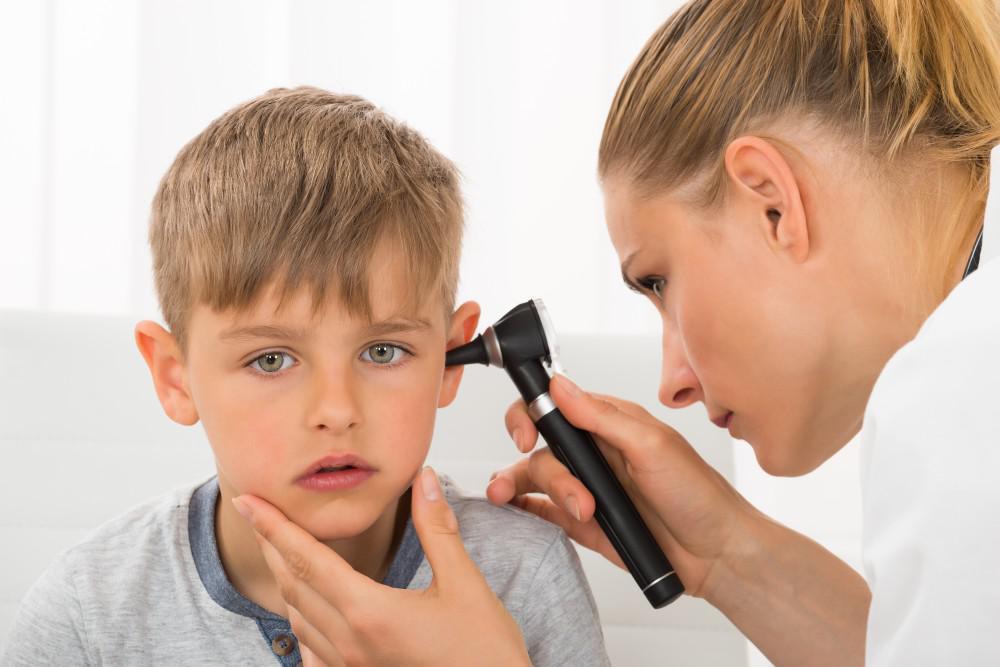
When it comes to ear infections, children are generally hit hard. In fact, ear pain is the most common reason why children visit a doctor for an illness. While middle ear infections can hit people of any age, over 80% of children under 3 years old have already had at least one earache.
There are good reasons why young folk are more susceptible to ear infections, and there are also things you can do as a parent to keep earaches at bay, or at least reduce their frequency. Here’s what you need to know about middle ear infections (otitis media) and how they affect your child.
How ear infections occur
The most common cause of middle ear infections is bacteria, though they can be due to viruses as well. Usually, the ear infection follows another illness such as a respiratory infection, common cold, allergy, or sore throat.
Any of these conditions can cause the eustachian tubes to swell and become blocked. These tubes supply air to the middle ear and permit fluid drainage from the ear.
Blocked eustachian tubes support the growth of harmful bacteria in the middle ear. The body’s immune system starts to fight the infection, and often it can deal with these bacteria in a few days. This is a simple type of ear infection called acute otitis media (AOM).
Why children are more affected
The eustachian tubes in children are still growing, and they follow a path that’s more level than they’ll be at maturity. This creates two problems. Smaller tubes are more easily blocked, and there’s less of a gravity effect to aid drainage.
This leads to a second type of ear infection, otitis media with effusion (OME). While the immune system may defeat the infection, accumulated fluid can remain in the middle ear.
When ear infections are frequent or persistent, a third type of infection, called chronic otitis media with effusion (COME) may develop. Retained fluid makes re-infection of the ear easier, leading to a cycle of infection that’s hard to break.
In addition, two tissue pads in the back of the nose, called adenoids, can swell and block the eustachian tubes. The adenoids are proportionally larger in children than adults, particularly in kids with smaller tubes.
Ear infection prevention
Avoiding respiratory illnesses is perhaps the best way to reduce ear infection frequency. Good hand-washing habits prevent the transfer of viruses and bacteria between hands and either mouth or eyes. Vaccinations can reduce the risk of infections, including annual flu shots and pneumococcal vaccines.
Second-hand smoke is another risk factor for ear and respiratory infections. Keep your home smoke-free, and keep your children away from other smoky environments. Breastfeeding is safer than bottle feeding from a bacterial standpoint, and breast milk also passes on antibodies that may reduce ear infections.
When ear infections become frequent or chronic, you may need to take steps beyond home care. Contact the pediatric ENT specialists at Lakeshore Ear, Nose & Throat Center. You can call the most convenient office or request an appointment online to discuss the best options for your child. Call today.

